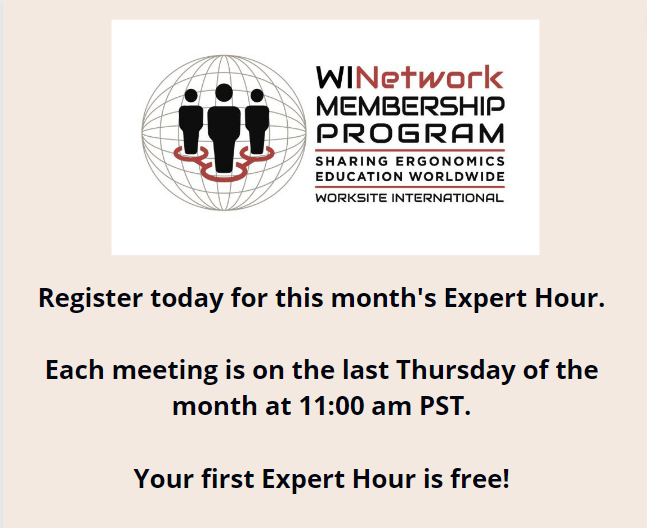
As a Physical Therapist, I’ve treated people with occupational and non- occupational musculoskeletal injuries for the last 30 years. Many of the employees I’ve helped in the workplace reported experiencing early discomfort but chose to wait to report their concerns to their employer. By the time they reported their problem, they had a full blown (neuro) musculoskeletal disorder requiring weeks of medical care and even time off from work. With knowledge of self-care, many of these disorders could have been prevented!
What is Musculoskeletal Pain?
Musculoskeletal pain is one of the most common types of pain, and is a very typical reason for doctor visits. Pain that affects the bones, muscles, ligaments, tendons and nerves are all considered musculoskeletal pain. It can be widespread (where your whole body aches) or localized in just one body part. These are sometimes referred to as sprains and strains.
The issue is we are not well educated in how to take care of our own musculoskeletal discomforts, especially early on before they become continuous, chronic, painful injuries like elbow tendonitis, rotator cuff strains and carpal tunnel syndrome. Let’s face it, most of us have poor body awareness and lack knowledge and understanding regarding pain and how to manage it. So we wait, thinking it will go away…. but it typically doesn’t! Especially if you are doing the same thing over and over.
Recognizing early signs and symptoms:
Recognizing early signs and symptoms, then managing them in a timely manner using some simple “first aide” strategies can go a long way to keep oneself out of the doctor’s office.
I’m not professing this is the only strategy, but rather this is part of a self-responsibility plan including safe work practices and working with proper ergonomics.
The strategy I recommend and use myself for years is based on the early identification of inflammation resulting in signs and symptoms. Typically, these occur in a localized manner to the hand, wrist, elbow, shoulder, neck and back or other body part.
While I don’t expect employees to self-diagnose, I do encourage people to be aware of their bodies and to recognize when something is “not quite right”. Awareness of common signs and symptoms is important to know and understand. Once recognized, immediate management is recommended to “interrupt” the inflammatory cycle.
Signs are things we see like: Symptoms are things we feel like:
1- Swelling 1- Tenderness
2- Redness 2- Aching
3- Loss of motion 3- Burning
4- Loss of strength 4- Throbbing
5- Tingling and numbness*
*(progressive symptoms indicating nerve irritation).
If you notice signs and symptoms, try managing them for 3-7-10 days to see if you can get the discomfort to minimize and or resolve entirely. The sooner you start, the sooner your pain will go away!
Make a concerted effort to manage the symptoms by using the following “first aide” strategies consistently and routinely in conjunction with self-modifying your work habits and correcting your workplace ergonomics.
6 Self- Care Strategies for Early Symptom Management
These 6 tips can assist you in managing acute and even chronic discomfort as it occurs at work and home. The strategies are geared towards:
Splint usage
Ice technique
Self-massage
Over- the- counter medication use
Stretching
Strengthening
These strategies are a highly effective self-care routine. Adding strengthening after pain reduction takes place is the 6th and often most important strategy to prevent reoccurrence.
If you are currently receiving medical care, I encourage you to review these guidelines with your healthcare provider. For self-care, evaluate each strategy for its benefit to you after trying the suggestion. If your pain does not improve or worsens, seek medical advice as soon as possible.
To learn more about the Worksite International self-care program and receive a copy of, “Stretch-Time, Onsite Stretching and Self-Care Program”, just register on our resources page.


Comments